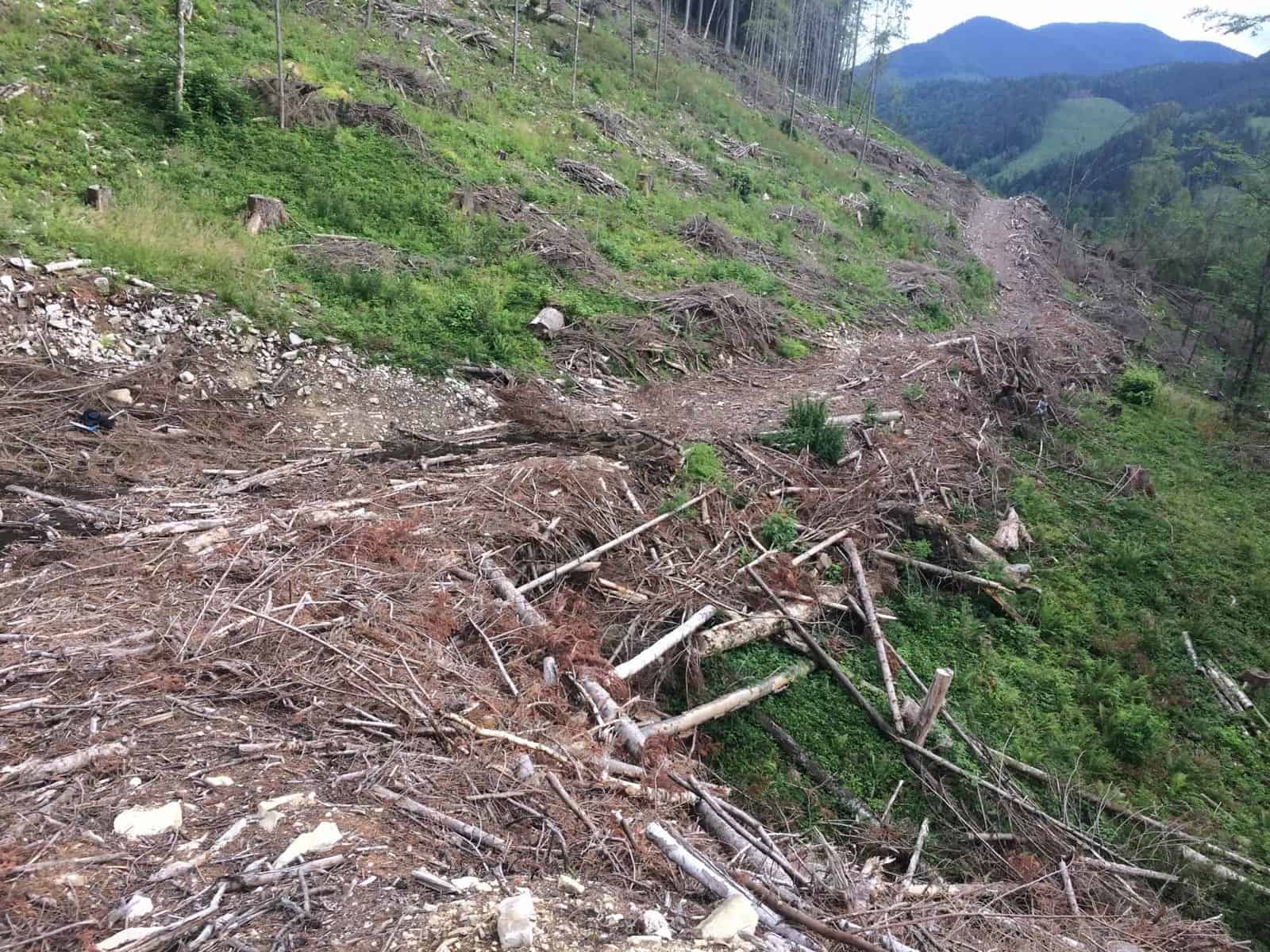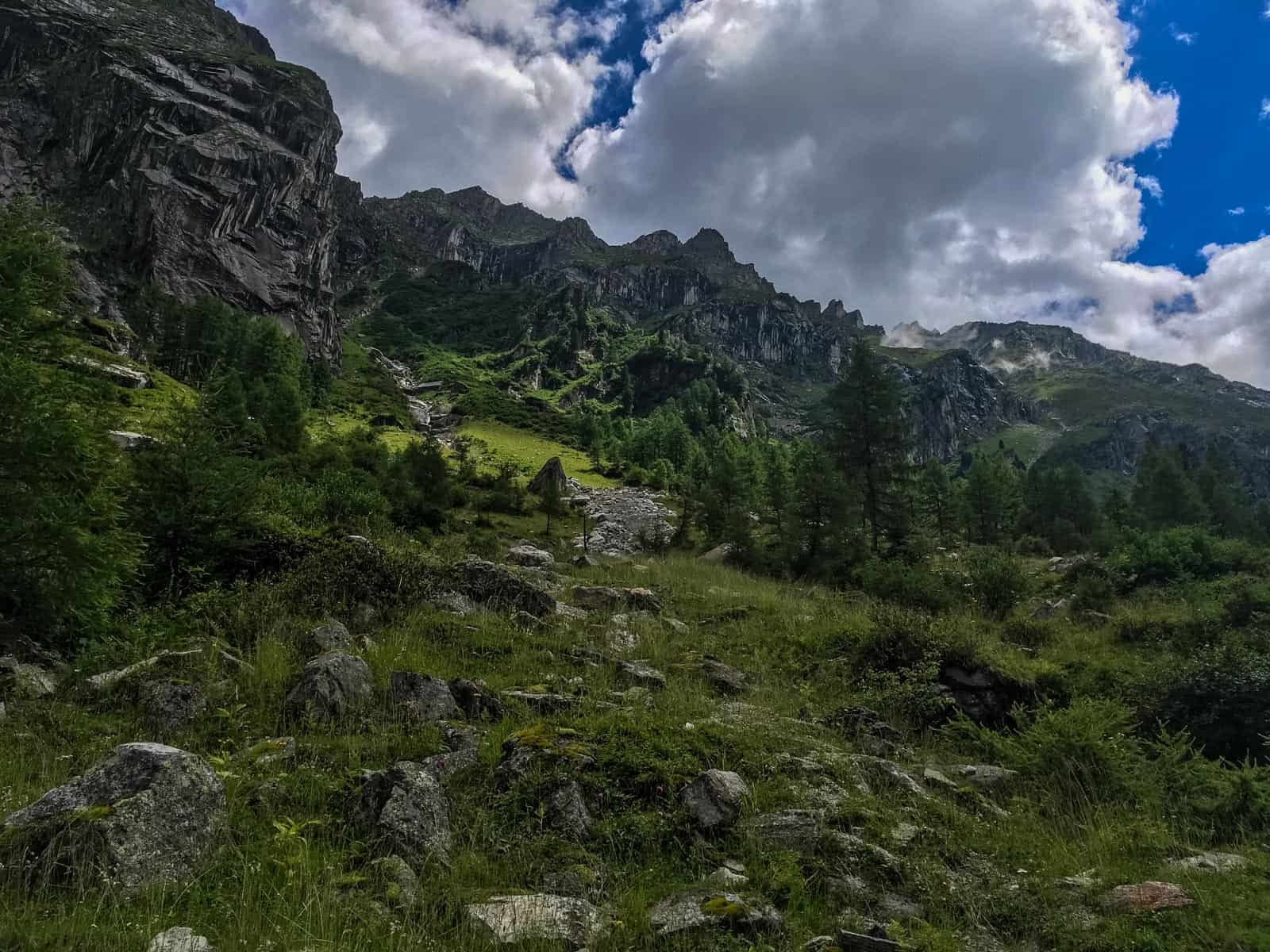Roadless areas and Wilderness
The current network of roads across the globe has made it possible for humans to access almost every region on Earth. Of course, this has had a tremendous impact on the planet. The presence of roads and the consequences of man-made activities reduce the ability of ecosystems to function effectively. Therefore these landscapes are unable to provide critical ecosystem services, such as clean water, flood prevention, nutrient cycling. Despite substantial conservation efforts, large tracks of valuable roadless areas still remain unprotected, which is a problem to preserve these landscapes for the future. For example, the UN sustainability agenda fails to recognise the relevance of roadless areas.
Please also read: Roads Free Of Wilderness
Problems with roads
Roads introduce many problems to nature and particularly Wilderness. Most significantly, roads open areas to human development. Roads also intensify the spread of pests and diseases, increase soil erosion, and contaminate bogs and wetlands. Furthermore, roads enable free and easy movement of people in previously remote areas, which brings increasing pressure with a massive presence of people. This free movement of people intensifies problems such as illegal logging and poaching.
Unfortunately, protected areas are not exceptions. Practical experiences show that a very significant percentage of global protected areas suffer from the existence of roads fragmenting the land. In fact, roads are very often considered as a standard part of protected areas.
There is an urgent need to conserve and monitor roadless areas. The European Wilderness Society focuses on the restoration of roads in potential Wilderness areas.
Global Roadless Areas Initiative
An international team of scientists have developed a global map of roadless areas and their conservation status. Their map demonstrates that there are 36 millions kilometres of roads on Earth, creating more than 600 000 fragments. This is the first time a global map of this kind has been produced, and it shows how roads introduce many problems to nature.
Roads in Europe
European roads are generally considered the main tool allowing for intensive land management. For example, roads allow access for cars, tractors, and trucks. This generally means that the intensity of land use is dramatically increasing where there are roads, thus roads are a significant threat to European Wilderness.
Roadless areas in European Wilderness
Due to the centuries-long impact of humans in Europe, and particularly a intensive development of European society in the last 60-80 years, roadless areas in Europes are rare. The European Wilderness Network represents the last remnant of wild, and also roadless, areas in Europe.











